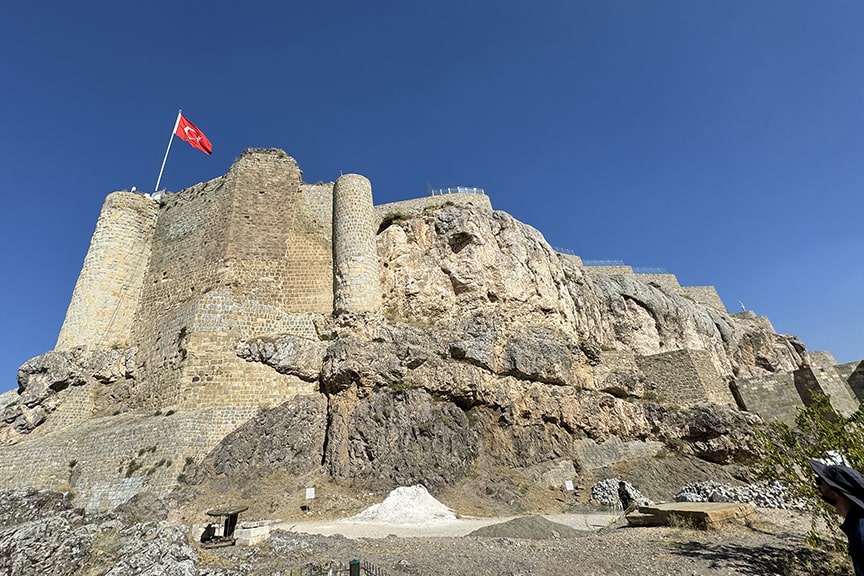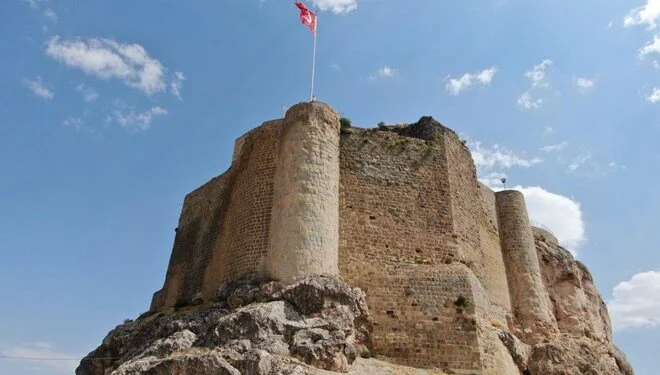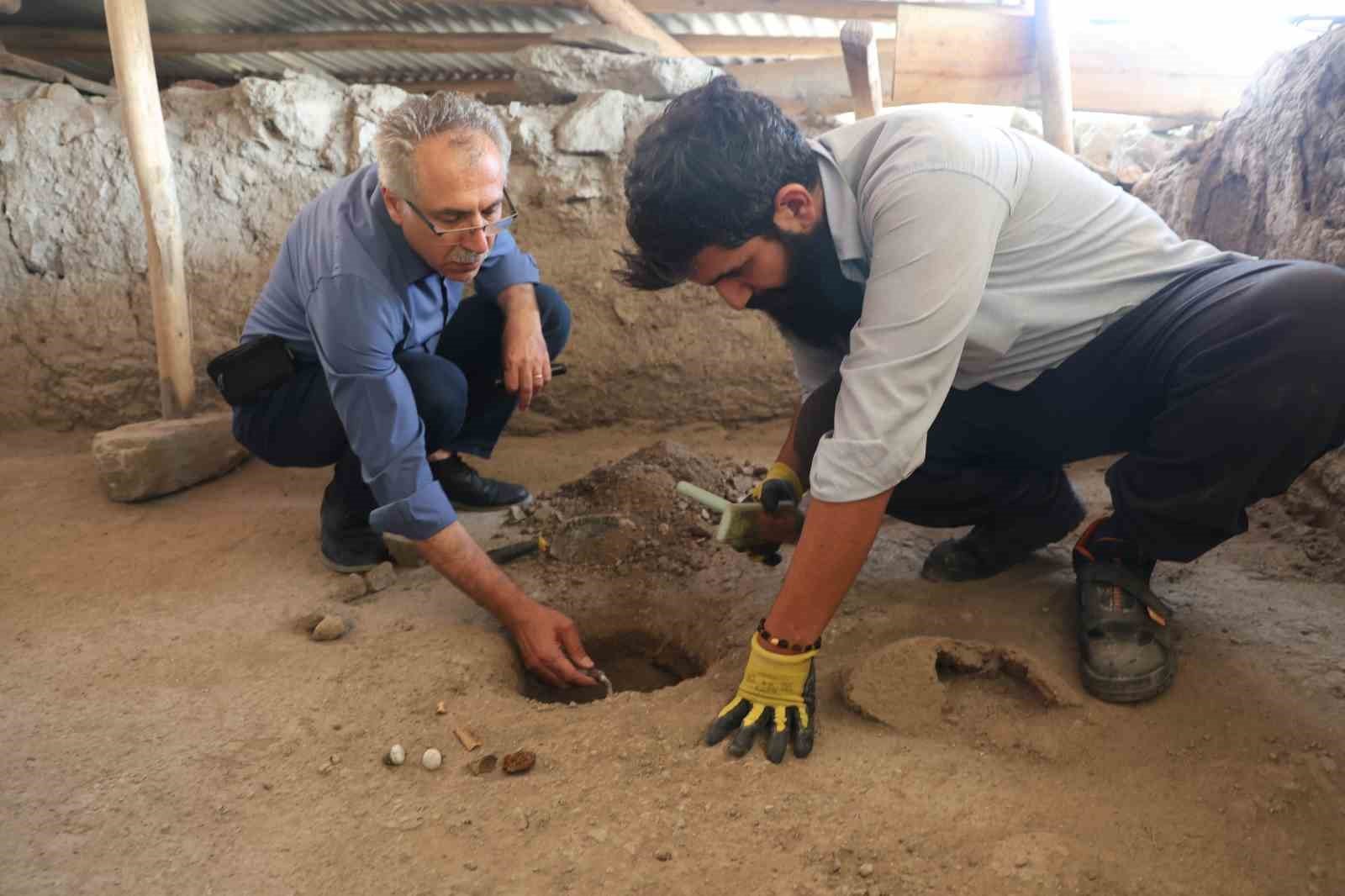Archaeologists have discovered a thousand-year-old workshop during ongoing excavations at the historic Harput Castle. The surprising part of this finding is that the workshop was used until the 1850s.
The discovery site is full of iron workshops and smelting furnaces dating back to the Urartian Kingdom.
The history of Harput Castle, located in the Harput neighborhood within the borders of Elazığ province in eastern Türkiye, dates back to the Urartian period in the 8th century BC. The castle is built on a rectangular plan and consists of two sections: the inner and outer castle.

Archaeological excavations at Harput Castle, which is on the UNESCO World Heritage Tentative List, are ongoing under the leadership of Prof. Dr. İsmail Aytaç, the Head of the Department of Fine Arts at Fırat University Faculty of Education.
A complex area of 1,000 square meters consisting of iron workshops, smelting furnaces, and storage spaces has been identified. Excavations that began in the area three years ago have yielded particularly significant finds, including copper coins, porcelain furniture components, and other artifacts.
Archaeologists studying these finds have determined that the workshop section was in use until the 1850s.
Prof. Dr. İsmail Aytaç stated, “In an area of approximately 1,000 square meters at Harput Castle, we have found iron workshops featuring interconnected smelting furnaces used for different purposes based on varying heat levels. Alongside them, there are also iron ingots that were discovered here. These ingots were brought to this site and transformed into finished products. Some were created using casting techniques, while others were shaped and then forged into finished items. Numerous arrow and spearheads, metal horseshoes, nails, decorative items, and furniture components have been found here.”

Expressing that the industrial site, which dates back a thousand years, was in use until 150 years ago, Prof. Dr. Aytaç continued, “We understand that military materials were predominantly produced during wartime. There is also a section of workshops where artifacts related to daily life were produced during peacetime. It would not be incorrect to refer to it as an industrial site of its time. We can say that the workshop section is at least a thousand years old and was in use until the 1850s. Both a copper coin and some porcelain furniture components, along with other finds, indicate that this area was utilized until that time. When military units were relocated to the city in the 1860s, the use of this site gradually declined, and it was eventually covered by soil. We have conducted excavations as part of our industrial heritage work and have reached the point of promoting it for tourism.”

